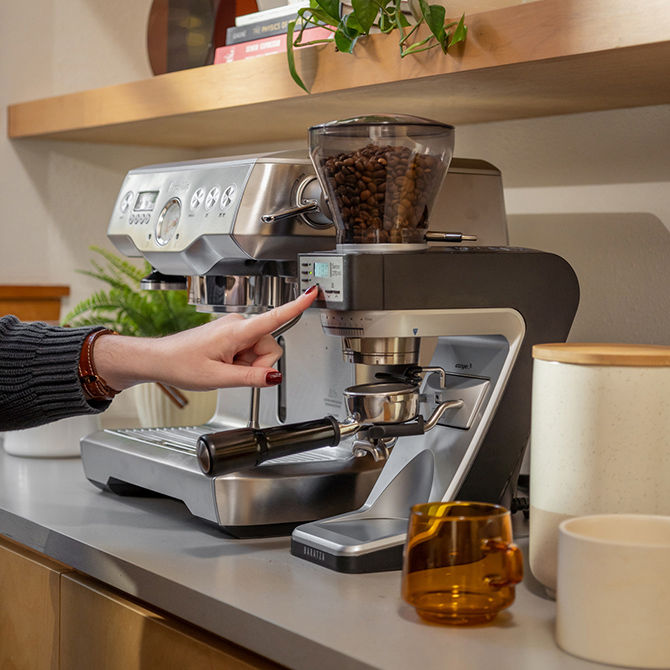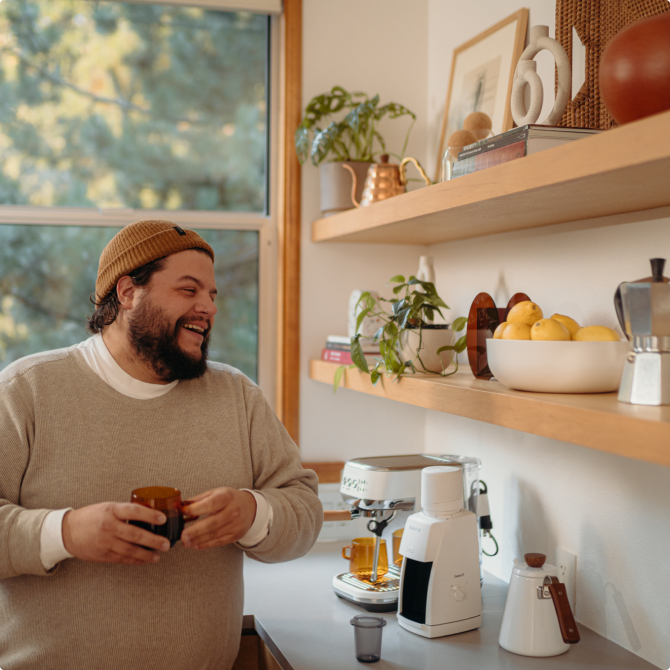Shop Our Bestsellers
Better Coffee from the Grounds Up
Every great cup of coffee starts with the grind. Upgrade your morning brews with freshly-roasted coffee and the exacting precision of a Baratza burr grinder.
Beloved by Industry-Leading Reviewers
Almost 10 years later, my tireless Baratza is aging even better than me. The two things I miss the most when I go on vacation are my dog and my Baratza Encore.
- Angela Lashbrook



